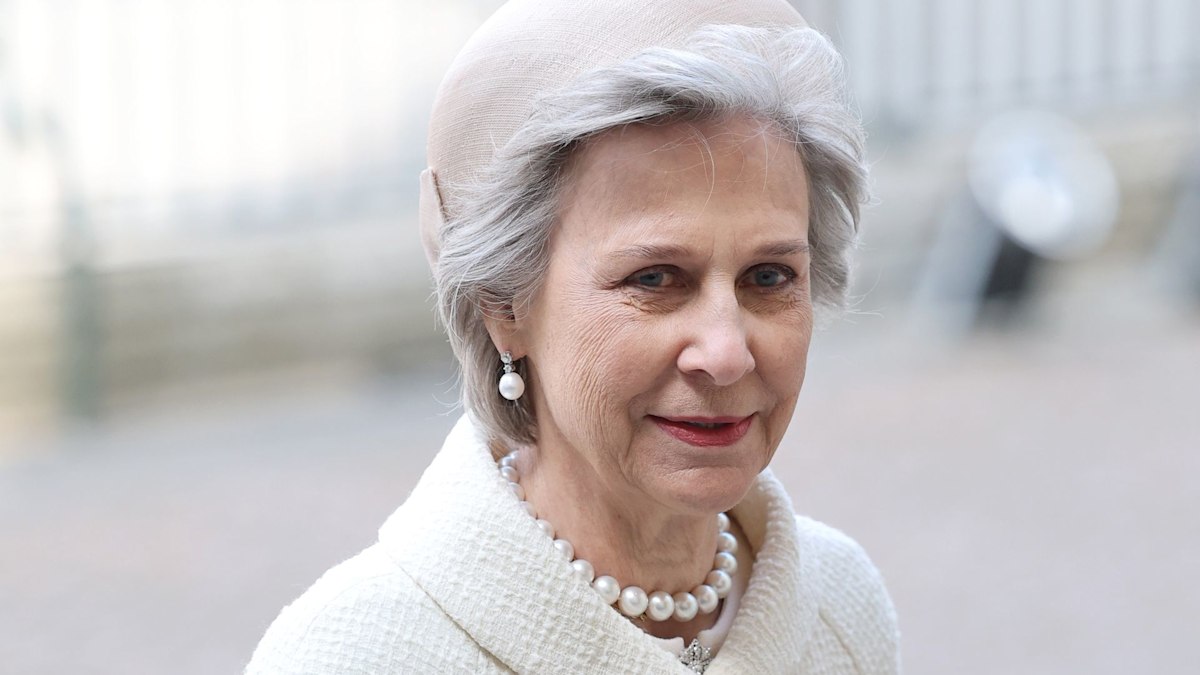Duchess of Gloucester's Graceful Curtsy Highlights Royal Protocol at VE Day Service

The Royal Family demonstrated a strong front during the 80th anniversary commemorations of VE Day, a series of events that culminated in a Service of Thanksgiving at Westminster Abbey and a concert in London's Horse Guards Parade. Despite concerns that Prince Harry's recent comments might overshadow the occasion, the family's collective participation, including a surprise appearance by Prince William and Princess Kate's children, underscored their unity and commitment to honoring the sacrifices of World War II veterans.
The Duchess of Gloucester, Birgitte, showcased royal etiquette with a perfect curtsy to King Charles and Queen Camilla during the VE Day thanksgiving service. This gesture, a hallmark of royal protocol, was observed as the senior royals departed Westminster Abbey. The event also highlighted the order of precedence among the royals, with the Duke and Duchess of Gloucester and the Duke of Kent seated first, followed by other members of the royal family, culminating in the arrival of the King and Queen.
Queen Camilla and Princess Kate made a striking statement in matching white outfits at the service, effectively dispelling rumors of any discord between them. Their coordinated appearance, along with the inclusion of personal touches such as Princess Kate wearing earrings that belonged to the late Princess Diana, added a layer of personal significance to the public commemoration. The handwritten notes on wreaths by Prince William and Princess Catherine, and King Charles III, further personalized the tribute to the war's fallen heroes.
The week's events not only celebrated the historical significance of VE Day but also showcased the Royal Family's ability to present a united front in the face of potential distractions. The participation of multiple generations of royals, from the King and Queen to the youngest members of the family, emphasized the continuity and enduring relevance of the monarchy in contemporary society. The careful observance of traditions, combined with personal gestures of remembrance, highlighted the family's dual role as custodians of national memory and as individuals with their own connections to history.



